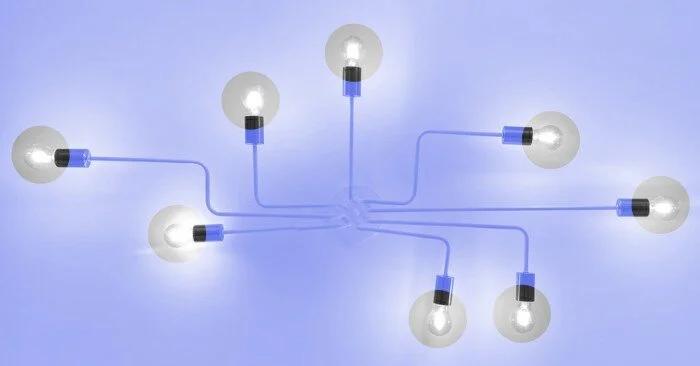Making change happen in a change-resistant environment
It’s been 2.5 years since I joined my current role in a large Government organisation and I have to admit that I’ve never learned as much about myself in such a short period of time.
I’ve certainly learned a lot about innovation as well, but being able to lead one of the largest innovation teams in Government pushed me to the edge of learning daily.
When I accepted the mission to build and lead a brand new Innovation team, I remember that many friends cautioned me against it. As the saying goes, Innovation and Government don’t get along well. After 5 years working in Innovation for one of the most successful, and why not “innovative”, retail companies in Australia, the move looked unnatural from many angles.
Building the right team
When I look back and think about why I decided to accept this challenge, the opportunity to build a brand new team is still the fact that resonates with me more.
It was more than just hiring new people to join a brand new team. My mission was to build a multi-disciplinary team, with Design at its core. I’m not sure if the company had any designers in it’s more than 1,000 person workforce before our first designer came on board.
Innovation, especially in government, has to be human-centric, making sure our clients were at the centre of our design process all the way through. This is not a new or even audacious concept anymore. I had strong support to build a design-led innovation team from the executive team.
A human-centric and design-led approach requires its own operating model. Bureaucracy, an inherent trait of complex organisations, could easily kill our efforts to create meaningful change in our organisation.
Once I had my initial team in place — 14 individuals coming from different design disciplines, but also “designers at heart” who came from areas such as journalism, business, law, physics and entrepreneurship — my next challenge was to clear the way for them.
Creating space to work at pace
Having had a strong background in the hardcore version of Lean, the one where you design new supply chain operations, factories and even operating rooms in hospitals, I had imprinted in my mind the idea of elimination of waste.
In Innovation, waste is everything that doesn’t allow your team to be empathetic towards clients (internal and external), that slows iterations and experimentation cycles and more importantly, the processes and practices that prevent people from thinking big to challenge old practices.
Creating and maintaining a low-waste environment was a huge focus for me. From blocking the team to participate in organisational committees, agreeing on a different technology stack that would enable us to develop rapid prototypes, and even finding ways to providing the best hardware for the team to work on (hello Macbooks!), my goal was to keep the team away from non-value-added work as much as possible.
Reflecting on the challenge
This journey has been a significant challenge. Was it worth it? Absolutely!
Fighting the system is not always a desirable thing to do in a complex organisation. In my case, I was lucky to find many allies along the way. People that were pushing for change in their own teams and helped find a way to do different things, the right way. Allies might not always be there, but I can say that after 2.5 years, creating a low waste environment is one of the main contributors for a high performing team.
The idea that Government and Innovation don’t go along well can and should be challenged. The will to create meaningful change exists in many different organisations, especially Government.
With the right people, the right methods and a low waste environment, any team can create change.
Written by Fabio Oliveira
@FabioSO



